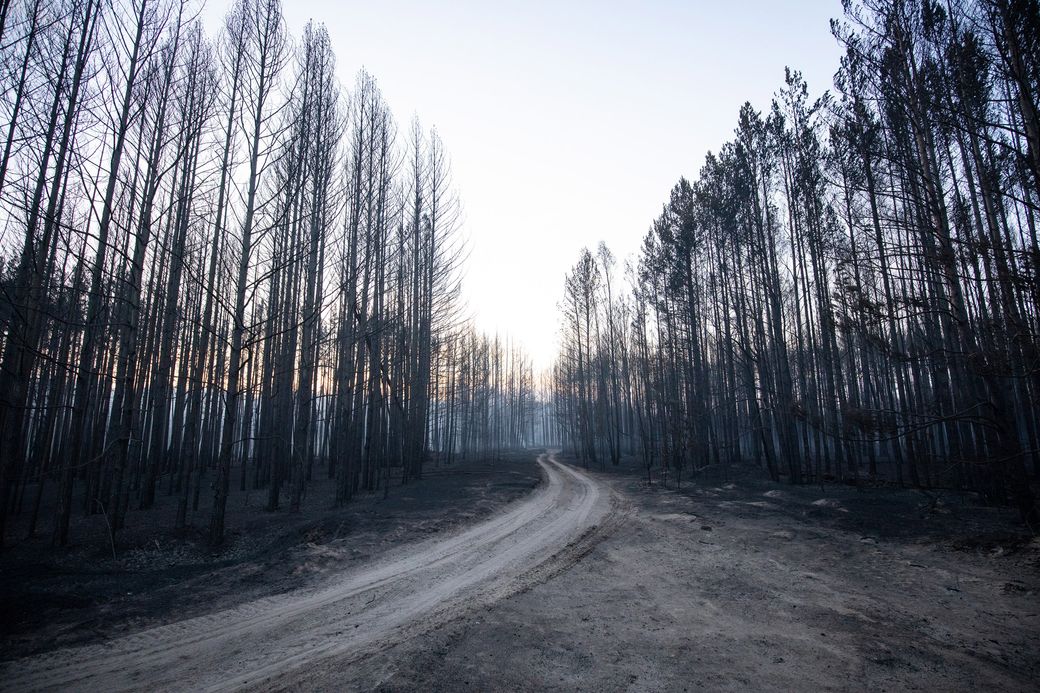Arctic warming is having a global impact
from Bloomberg Green
Temperatures may run above normal in much of the western and northern U.S., across eastern Europe and into the Middle East through August, according to the forecast by Columbia University’s International Research Institute for Climate and Society. But the biggest deviations toward warming will be in Greenland and along Russia’s Arctic Ocean coastline, a trend long seen by scientists.
Because the far north is so warm, the contrast between temperatures there and at the equator is less than it used to be, which weakens the weather patterns. In between the pole and the equator is “no man’s land, so these heat domes get trapped in between,” Cohen said.
Heat domes are mountains of high pressure that bring extreme temperatures. It was a heat dome that baked Portland, causing it to break its all-time temperature record three days in a row. In Canada, Lytton Area in British Columbia posted the nation’s highest temperatures ever on Sunday, Monday, and Tuesday. The final mark reached 121 degrees—warmer than Dallas, Texas has ever been.
It isn’t just Canada and the U.S. that have cooked in the last few weeks. Moscow posted its warmest June day since the time of Czar Nicholas II. Taiwan faces its worst drought as well, which drove up food prices and threatened chip makers. The United Arab Emirates sweltered through a high of 125 degrees Fahrenheit (52 Celsius) only to be bested by a 128-degree reading in California’s Death Valley two weeks ago. And another heat dome is baking the Caspian Sea, where records are expected to fall.
The harmful effects of heat take many forms
Kimberly McMahon, public weather services program manager for the U.S. National Weather Service, calls heat “the silent killer. It is not something visual like a tornado or a hurricane.”
Even when it doesn’t kill, it makes life significantly harder. Power lines can’t transmit as much electricity in extremely hot conditions. Airplanes can’t carry as much weight because the air is less dense. Roads buckle, as happened in Oregon and Washington this week, McMahon said.
While there isn’t a completed investigation into the Pacific Northwest heat dome’s provenance, climate change is its likely parent.
“Without human-induced climate change, it would have been almost impossible to hit such record-breaking mean June temperatures in the western United States,” said Nikos Christidis, a climate scientist with the U.K. Met Office. “The chances of natural occurrence is once in every tens of thousands of years.”
— With assistance by Eric Roston, Jonathan Tirone, Rachel Morison, and Jeff Sutherland




